Home>Garden Essentials>What Is A Seed Coat
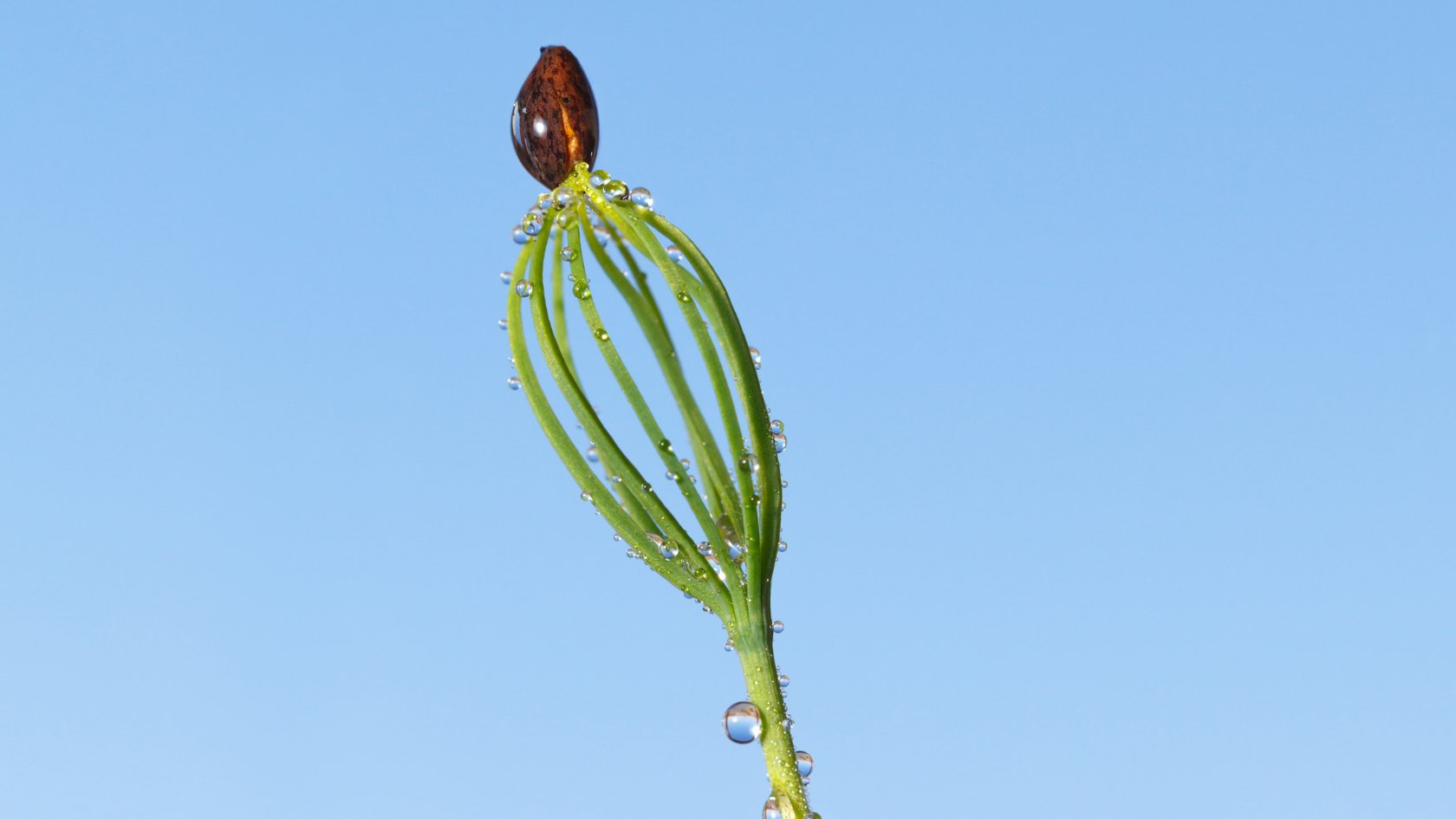

Garden Essentials
What Is A Seed Coat
Modified: September 1, 2024
Discover the importance of a seed coat in your garden. Learn how it protects and nourishes seeds, aiding in successful germination and plant growth.
(Many of the links in this article redirect to a specific reviewed product. Your purchase of these products through affiliate links helps to generate commission for Storables.com, at no extra cost. Learn more)
Introduction
Welcome to the fascinating world of gardening! Whether you are an experienced gardener or just starting out, understanding the intricacies of a plant’s life cycle is essential for achieving successful growth and bountiful harvests. One vital component of a plant’s reproductive process is the seed coat, which encapsulates and protects the seed. In this article, we will explore the significance of the seed coat, its structure, functions, and its role in the germination process.
A seed is a complex structure that contains an embryonic plant, stored nutrients, and a protective outer covering known as the seed coat. The seed coat is the first line of defense for the embryo, shielding it from external factors such as pathogens, insects, and adverse weather conditions. It acts as a barrier, allowing the seed to remain inactive until conditions are favorable for germination.
The seed coat plays a crucial role in maintaining the viability and longevity of a seed. It acts as a physical barrier, preventing the loss of moisture and protecting the delicate embryo from desiccation. Additionally, it can also regulate the entry of oxygen and carbon dioxide, maintaining an optimal environment for seed dormancy.
Seed coats can vary significantly in their structure, composition, and thickness depending on the plant species. Some seed coats are thin and delicate, easily ruptured by water absorption during germination. Others are thick and hard, requiring specific conditions or interventions to break through before germination can occur.
Understanding the adaptations of the seed coat is vital for successful seed propagation. By providing the right conditions and treatments, such as scarification or stratification, gardeners can help seeds overcome the barrier imposed by their seed coats and initiate germination.
In the upcoming sections, we will delve deeper into the structure and functions of the seed coat, explore the different types of seed coats, discuss the formation process, and highlight the importance of seed coats in the overall plant life cycle. Let’s embark on this educational journey to unlock the mysteries of the seed coat and explore its vital role in the garden!
Key Takeaways:
- The seed coat is like a superhero cape for seeds, protecting them from harm and helping them stay asleep until the perfect time to wake up and grow.
- Different seeds have different seed coats, some are tough and need special tricks to wake up, while others are soft and ready to sprout with just a little water.
Definition of Seed Coat
The seed coat, also known as the testa, refers to the protective outer covering surrounding a seed. It is a vital structure that plays a crucial role in safeguarding the seed during dormancy and germination. The seed coat is formed from the outer layer of the ovule, which develops and matures after fertilization.
The primary purpose of the seed coat is to provide physical protection to the delicate embryo enclosed within the seed. It acts as a barrier, preventing damage from mechanical stresses, pathogens, and other adverse environmental factors. The seed coat is designed to withstand external pressures and maintain the integrity and viability of the enclosed seed.
In addition to protection, the seed coat also serves as a means of regulating the exchange of gases, moisture, and nutrients. It acts as a semi-permeable membrane, allowing selective passage of substances between the internal seed tissues and the external environment. This regulation is crucial during the dormant phase of the seed, as it helps to maintain seed viability and prevent premature germination.
The composition of the seed coat varies depending on the plant species. Generally, it is composed of a combination of proteins, carbohydrates, and lipids, which provide strength and flexibility to the seed coat. Some seed coats may also contain specialized structures, such as hairs, wings, or appendages, which aid in dispersal or attach to animals for transportation.
It is important to note that the seed coat is different from the fruit or husk that may surround certain seeds. While the seed coat is an integral part of the seed itself, the fruit or husk is a separate structure that develops from the ovarian tissue surrounding the seed.
In summary, the seed coat is a protective covering that envelops the seed and plays a vital role in ensuring the survival and successful germination of the plant. Its physical and chemical characteristics are carefully adapted to the needs of each plant species, contributing to the overall reproductive strategy and dispersal mechanisms.
Structure of Seed Coat
The structure of the seed coat can vary greatly depending on the plant species, but it generally consists of several distinct layers or regions. These layers work together to provide the necessary protection and support for the seed. Let’s explore the typical structure of a seed coat in more detail:
- Outer Epidermal Layer: The outermost layer of the seed coat, known as the epidermis, is composed of flattened cells. It serves as the first line of defense against physical damage and pathogens.
- Palisade Layer: Beneath the epidermis, there is often a layer of elongated cells called the palisade layer. It provides additional strength and support to the seed coat structure.
- Sclerenchyma Layer: The sclerenchyma layer is made up of thick-walled cells that provide rigidity and protection to the seed. These cells are often lignified, meaning they have hardened cell walls that make them more resistant to mechanical damage.
- Parenchyma Layer: The parenchyma layer is composed of parenchyma cells, which have thin cell walls and are often involved in nutrient storage and transport.
- Endospermic Layer: In some seeds, there may be an endospermic layer that surrounds the embryo. This layer is rich in stored nutrients, such as proteins, carbohydrates, and oils, which provide nourishment to the developing embryo during germination.
Within the structure of the seed coat, there may also be specialized features or appendages that aid in dispersal or attachment to animals for transport. These can include hairs, wings, hooks, or other structures that facilitate the movement of seeds by wind, water, animals, or other means.
The thickness of the seed coat can vary significantly depending on the plant species and environmental conditions. Some seed coats are thin and delicate, allowing for easier water and gas exchange during germination. Others are thick and hard, providing increased protection and requiring specific conditions or interventions to break through.
It’s important to note that the structure of the seed coat can impact its permeability to water and gases. Some seed coats have specialized structures, such as pores or micropyles, which allow for the absorption of water and the exchange of gases, promoting germination.
Overall, the structure of the seed coat is a carefully designed and intricate system that provides the necessary protection and support for the embryo within the seed. It adapts to the specific needs of each plant species, ensuring the survival and successful germination of the seeds in various environments.
Functions of Seed Coat
The seed coat serves several essential functions that are vital to the survival and successful germination of seeds. Let’s explore these functions in more detail:
- Protection: One of the primary functions of the seed coat is to provide physical protection to the delicate embryo within the seed. It acts as a barrier, shielding the embryo from mechanical damage, pathogens, and external stresses. The seed coat prevents water loss, desiccation, and entry of harmful microorganisms, ensuring the viability and integrity of the enclosed embryo.
- Dormancy Regulation: The seed coat plays a crucial role in regulating seed dormancy. Dormancy is a physiological state in which seeds remain inactive for an extended period, even under favorable environmental conditions. Through its impermeability to water and gases, the seed coat helps maintain seed dormancy by preventing premature germination. It ensures that seeds only germinate under the optimal conditions necessary for their survival.
- Water and Gas Exchange: While the seed coat regulates water and gas exchange during dormancy, it also facilitates these processes during germination. Once the seed coat is appropriately hydrated or subjected to specific environmental cues, it becomes permeable to water absorption. This allows the embryo to imbibe water, triggering biochemical and physiological changes that initiate germination. Similarly, the seed coat allows for the exchange of oxygen and carbon dioxide, crucial for energy metabolism during germination.
- Protection from Predation: In addition to physical protection, the seed coat also provides defense against seed predation by animals. Some seed coats have specialized structures or chemical compounds that deter animals from consuming or damaging the seeds. This protection helps ensure that seeds have a higher chance of survival and increased dispersal to new locations.
- Dispersal Mechanism: The seed coat also plays a critical role in facilitating seed dispersal. Some seed coats have adaptations that aid in dispersal by wind, water, or attachment to animals. These adaptations can include wings, hairs, hooks, or other structures that enable the seeds to be carried away from the parent plant and dispersed over a wider area, increasing the chances of successful germination in different environments.
- Environmental Adaptation: The characteristics of the seed coat, such as its thickness, hardness, and composition, can be highly adapted to specific environmental conditions. Plants in arid regions may have seed coats that are extremely impermeable to water, enabling seeds to survive extended periods of drought. Conversely, plants in moist environments may have seed coats that readily absorb water to initiate germination. This adaptability allows seeds to optimize their chance of successful establishment and growth in their respective habitats.
These functions collectively contribute to the overall significance of the seed coat in the survival and reproductive success of plants. By providing protection, regulating dormancy, facilitating germination, defending against predation, aiding dispersal, and adapting to the environment, the seed coat ensures the continued propagation and distribution of plant species.
Types of Seed Coat
Seed coats can vary greatly in their structure, thickness, and composition across different plant species. These variations contribute to the diverse range of adaptations that enable seeds to withstand various environmental conditions and ensure successful germination. Let’s explore some common types of seed coats:
- Hard Seed Coat: Some seeds have a hard and thick seed coat that provides extra protection against physical damage and unfavorable environmental conditions. These seed coats often require specific conditions or treatments to break dormancy and allow for germination. Examples of plants with hard seed coats include legumes (such as beans and peas) and certain tree species.
- Soft Seed Coat: Soft seed coats are relatively thin and flexible, making them more permeable to water and gases. Seeds with soft seed coats often have a higher germination rate and can readily absorb water to initiate the germination process. Examples include lettuce, spinach, and grass seeds.
- Papery or Winged Seed Coat: Some seed coats have specialized structures that aid in dispersal by wind. These structures can take the form of papery wings or appendages attached to the seed. They enable the seeds to be easily carried by the wind to new locations. Maple seeds and dandelions are well-known examples of seeds with winged seed coats.
- Smooth Seed Coat: Smooth seed coats are characterized by a sleek and glossy surface. They often have a thin cuticle that provides protection against water loss and desiccation. Smooth seed coats can be found in various plant families, including sunflowers, tomatoes, and cucumbers.
- Hairy or Pubescent Seed Coat: Hairy seed coats are covered with fine hairs or trichomes, which can provide additional protection against herbivores and pathogens. These hairs can also aid in seed dispersal by attaching to animals’ fur or feathers. Examples of plants with hairy seed coats include cotton, fireweed, and varieties of grasses.
- Seed Coat with Appendages: Some seed coats may have specialized appendages or structures that aid in dispersal or attachment to animals for transport. These can include hooks, bristles, spines, or barbs that enable the seeds to latch onto the fur or feathers of animals or stick to their bodies. Examples include burdock, cocklebur, and beggar’s tick plants.
These are just a few examples of the diverse types of seed coats found in the plant kingdom. Each type has evolved to suit specific reproductive strategies, environmental conditions, and dispersal mechanisms. By understanding the different types of seed coats, gardeners and botanists can better appreciate the remarkable adaptations that contribute to the survival and dispersal of plant species.
The seed coat is the outer covering of a seed that protects it from damage and dehydration. It also helps regulate the germination process.
Read more: How To Use Yegbong Seed Coating Formula
Formation of Seed Coat
The formation of the seed coat, also known as the testa, occurs during the development of the seed. It is a process that takes place within the female reproductive structure of the plant called the ovule. Let’s explore the stages involved in the formation of the seed coat:
- Ovule Development: The formation of the seed coat begins with the development of the ovule within the ovary of the flower. The ovule consists of several layers, including the integuments, which will eventually become the seed coat. The integuments surround and protect the embryo sac, where fertilization will take place.
- Fertilization: Once the ovule has matured, the process of fertilization begins. Pollen grains from the male reproductive organ, the stamen, are transferred to the stigma of the pistil. The pollen tube then grows down through the pistil, delivering sperm cells to the ovule. Fertilization occurs when one sperm cell fuses with the egg cell, forming a zygote.
- Formation of Embryo and Endosperm: After fertilization, the zygote develops into an embryo, which will later become the future plant. Surrounding the embryo is the endosperm, a tissue that provides nourishment to the developing embryo. Depending on the plant species, the endosperm may persist in the mature seed or be absorbed as the embryo matures.
- Growth and Differentiation of Integuments: As the embryo and endosperm develop, the integuments surrounding the embryo sac grow and differentiate. The integuments will eventually become the seed coat. They undergo cellular division and elongation, forming multiple layers that will contribute to the structure and protection of the seed coat.
- Maturation of Seed Coat: With continued growth and maturation of the embryo and endosperm, the seed coat undergoes further changes. The cells within the integuments become specialized, developing specific features such as cuticles, hairs, or other adaptations specific to the plant species.
- Seed Coat Hardening: In some plant species, the seed coat may undergo a process of hardening or lignification. This process involves the deposition of lignin, a complex polymer, into the cell walls of the seed coat cells. This hardening provides additional strength and protection to the seed coat, ensuring the integrity and longevity of the seed.
Once the formation of the seed coat is complete, the seed enters a dormant stage, awaiting the right conditions for germination. The seed coat acts as a protective barrier, preventing premature germination and ensuring the viability of the embryo.
Understanding the formation of the seed coat provides insights into the remarkable processes that occur within plants during reproduction. It highlights the intricate development of the protective structures that enable seeds to survive and propagate in diverse environments.
Importance of Seed Coat
The seed coat, an essential component of a seed, plays a significant role in the survival, dispersal, and germination of plants. Its importance stems from a variety of functions it fulfills. Let’s explore the key reasons why the seed coat is crucial:
- Protection: The primary function of the seed coat is to provide physical protection to the delicate embryo enclosed within the seed. It acts as a barrier, shielding the embryo from external factors such as mechanical damage, pathogens, and adverse environmental conditions. By protecting the embryo, the seed coat ensures the survival and viability of the seed until the conditions are favorable for germination.
- Dormancy Regulation: The seed coat plays a vital role in regulating seed dormancy. Dormancy is a state of suspended metabolic activity that allows seeds to remain viable until suitable conditions for germination are present. The impermeability of the seed coat to water and gases helps maintain dormancy by preventing premature germination. This adaptive mechanism allows seeds to survive unfavorable seasons or periods of drought until the environment becomes more favorable for growth.
- Water and Gas Exchange: The seed coat controls the entry of water and gases into the seed. During dormancy, the seed coat restricts water absorption, preventing the initiation of germination. However, when the conditions are right, such as adequate moisture, temperature, and oxygen availability, the seed coat becomes permeable, allowing water uptake and gas exchange. This water uptake triggers metabolic processes vital for germination, including enzyme activation, embryo expansion, and nutrient mobilization.
- Dispersal: The seed coat is instrumental in seed dispersal, a crucial mechanism for plant propagation and colonization of new areas. The seed coat can have specialized adaptations that aid in dispersal by wind, water, or attachment to animals. Structures such as wings, appendages, or hairs facilitate the movement of seeds away from the parent plant, allowing for a wider distribution. This dispersal strategy increases the chances of successful germination in diverse environments and reduces competition between closely related individuals.
- Longevity and Viability: The seed coat contributes to the longevity and viability of seeds. It prevents desiccation by acting as a barrier against water loss. Additionally, the seed coat protects the embryo from decay-causing pathogens and mechanical damage. These protective measures can extend the lifespan of seeds, allowing them to remain viable for many years, even under unfavorable conditions. The longevity of seeds is particularly important for plants that rely on periodic disturbances or have a relatively short reproductive window.
- Environmental Adaptation: The characteristics of the seed coat are often adapted to specific environmental conditions. For example, seeds in arid regions may have impermeable or thick seed coats, protecting them from dehydration during extended periods of drought. Similarly, seeds in fire-prone ecosystems may have heat-resistant seed coats that aid in post-fire germination. These adaptations enable seeds to optimize their chances of germination and establish successful growth in their respective habitats.
The importance of the seed coat in the life cycle of plants cannot be understated. It ensures the survival, dispersal, and successful germination of seeds, enabling plant populations to adapt to changing environments, colonize new areas, and reproduce effectively.
Seed Coat Adaptations
Seed coat adaptations are specialized features and structures that have evolved in plants to enhance the protection, dispersal, and germination of seeds. These adaptations contribute to the successful propagation of plant species in diverse environments. Let’s explore some common seed coat adaptations:
- Impermeability and Dormancy: Some seed coats have impermeable layers or structures that prevent water absorption and gas exchange, maintaining seed dormancy until specific environmental cues trigger germination. This adaptation ensures that seeds only germinate under favorable conditions and enhances their chance of survival.
- Scarification: Scarification is the process of breaking or weakening the seed coat to enhance germination. Some seeds have hard or impermeable seed coats that require a specific treatment, such as scarification, to break their dormancy. Scarification can occur naturally through processes like erosion or fire, or it can be artificially induced by physical abrasion, chemical treatments, or exposure to extreme temperatures.
- Wings or Appendages: Seeds with wings or specialized appendages on their seed coats have a greater ability to disperse over long distances. These structures enable seeds to be carried by wind, water, or attachment to animals, enhancing their chances of finding suitable germination sites and reducing competition with parent plants.
- Hairs and Trichomes: Fine hairs or trichomes on the seed coat can provide additional protection from environmental stresses, such as desiccation or herbivory. These hairs can help reduce water loss by creating a microclimate around the seed, provide insulation against extreme temperatures, and deter seed predators.
- Chemical Defense: Some seed coats contain chemical compounds that act as deterrents to seed predators or pathogens. These compounds can make the seed unpalatable or toxic, reducing the likelihood of predation or infection. Chemical defenses can include bitter-tasting compounds, allelochemicals, or compounds with antimicrobial properties.
- Permeability: The permeability of the seed coat can vary depending on the species and environmental conditions. Some seeds have permeable seed coats that readily absorb water and allow gas exchange, facilitating germination. Others have seed coats that remain impermeable until specific triggers, such as fire or fluctuating temperatures, soften the seed coat or remove barriers to water absorption.
- Seed Coat Thickness: The thickness of the seed coat can vary from thin to thick, depending on the plant species and its adaptation to specific environments. Thicker seed coats provide increased protection against mechanical damage, desiccation, and predation. They are often found in plants growing in harsh or unpredictable environments.
These seed coat adaptations showcase the remarkable strategies that plant species have developed to survive and reproduce in a range of habitats. By adapting their seed coats, plants increase their chances of dispersal, protect their embryos, and optimize their germination success, ensuring the survival and propagation of their species.
Seed Coat and Germination
The seed coat plays a crucial role in the process of germination, which is the emergence and development of a new plant from a seed. Its interactions with the environment influence the initiation and progress of germination. Let’s explore the relationship between the seed coat and germination:
Seed Coat Imbibition: The first step in germination is the absorption of water by the seed, a process known as imbibition. The seed coat acts as a barrier, regulating the entry of water into the seed. Some seeds have a permeable seed coat that readily absorbs water, while others have impermeable seed coats that require specific conditions or treatments to break dormancy and allow water absorption.
Seed Coat Permeability and Dormancy: For seeds with impermeable seed coats, dormancy is maintained until specific environmental cues or treatments weaken or break the seed coat dormancy mechanisms. Scarification, which physically breaks or weakens the seed coat, can promote water absorption and germination. Other seeds may require exposure to chilling temperatures or exposure to certain chemicals to overcome seed coat dormancy and initiate germination.
Gas Exchange: During germination, the seed coat also regulates the exchange of gases, such as oxygen and carbon dioxide. Oxygen is required for the respiration of the germinating seed, providing energy for cellular processes. Carbon dioxide, a byproduct of respiration, needs to be expelled from the seed. The seed coat allows for the diffusion of these gases, ensuring an adequate supply of oxygen and the removal of carbon dioxide.
Seed Coat Rupture: In some cases, the seed coat needs to rupture or break to allow the emerging radicle (the embryonic root) to penetrate the soil. This process, called seed coat rupture or breaking dormancy, can be facilitated by the swelling of the seed as it imbibes water, the growth of the radicle, or the exertion of force by the emerging shoot.
Seed Coat Removal: In certain plant species, the seed coat may be shed or detached from the seed once germination has occurred. This shedding helps free the emerging seedling from the confines of the seed coat, allowing it to establish itself in the soil and continue its growth without any physical hindrance.
Physical Protection: Even after germination, the remnants of the seed coat or endospermic layer surrounding the embryo can continue to provide protection to the delicate young plant. These protective layers shield the root and shoot systems during their initial growth stages, safeguarding them from mechanical damage, pathogens, and harsh environmental conditions.
The interaction between the seed coat and germination highlights the intricate adaptations developed by plants to ensure successful germination and seedling establishment. Whether by regulating water absorption, controlling gas exchange, facilitating seed coat rupture, or providing physical protection, the seed coat plays a critical role in the germination process, allowing plants to begin their journey towards growth and reproduction.
Read more: What Is Stucco Base Coat
Conclusion
In conclusion, the seed coat is a remarkable and essential component of a seed, serving a multitude of functions that ensure the survival, dispersal, and successful germination of plants. It acts as a protective barrier, shielding the delicate embryo from mechanical damage, pathogens, and adverse environmental conditions. The impermeability of the seed coat regulates dormancy, allowing seeds to remain inactive until the conditions for germination are optimal.
The seed coat also plays a crucial role in water and gas exchange during both dormancy and germination. It controls the absorption of water, triggering the biochemical and physiological changes necessary for growth. Additionally, the selective permeability of the seed coat ensures the exchange of gases, such as oxygen and carbon dioxide, vital for energy metabolism and cellular respiration in the developing seedling.
Seed coat adaptations further enhance the success of plants. These adaptations include impermeable or permeable seed coat structures, scarification mechanisms, wings or appendages for improved dispersal, and chemical defenses against predators or pathogens.
The formation of the seed coat occurs during the development of the ovule, and its maturation involves the growth and differentiation of integuments. The seed coat adapts to environmental conditions, regulating seed dormancy and ensuring optimal germination timing.
The importance of the seed coat cannot be overlooked. It contributes to seed longevity, viability, and dispersal, enabling plants to colonize new areas and maintain genetic diversity. By understanding the structure, functions, adaptations, and interactions of the seed coat, gardeners and botanists can better appreciate the intricate processes that allow plants to reproduce and flourish.
So, the next time you hold a seed in your hand, take a moment to marvel at the protective nature of the seed coat. It is not just an outer covering but a masterful adaptation orchestrated by nature to ensure the continuation of plant life and the beauty of our gardens.
Frequently Asked Questions about What Is A Seed Coat
Was this page helpful?
At Storables.com, we guarantee accurate and reliable information. Our content, validated by Expert Board Contributors, is crafted following stringent Editorial Policies. We're committed to providing you with well-researched, expert-backed insights for all your informational needs.


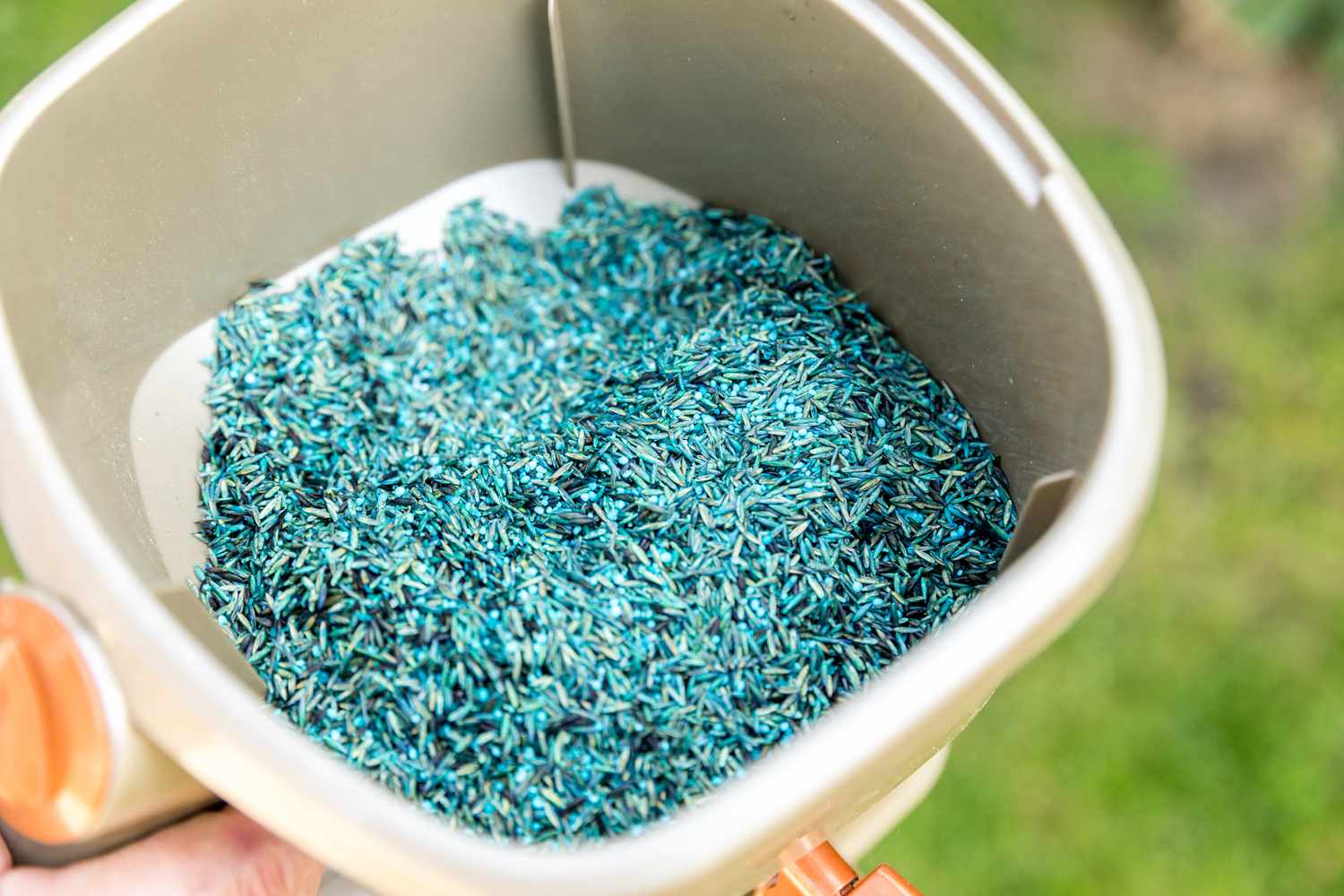

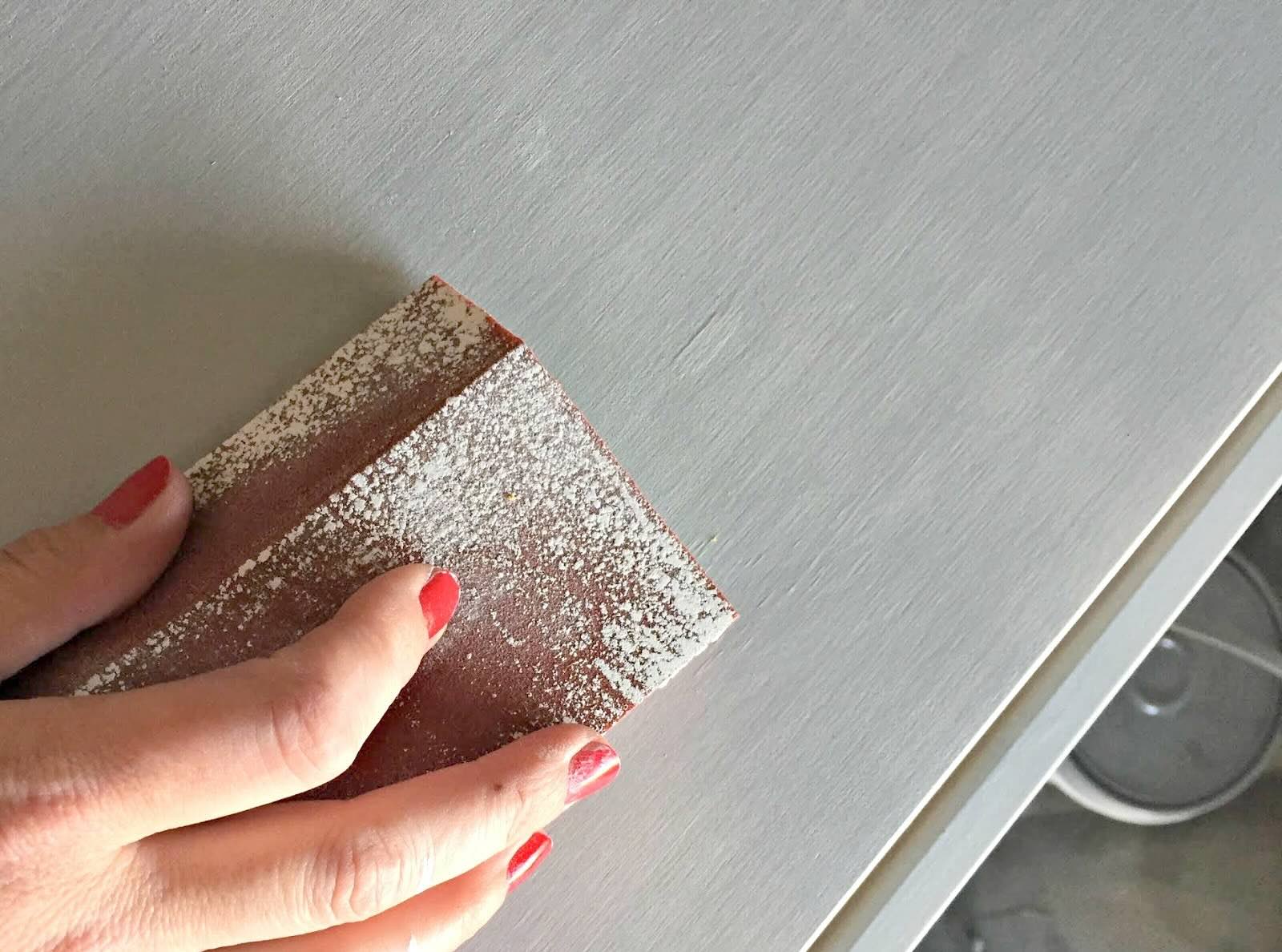
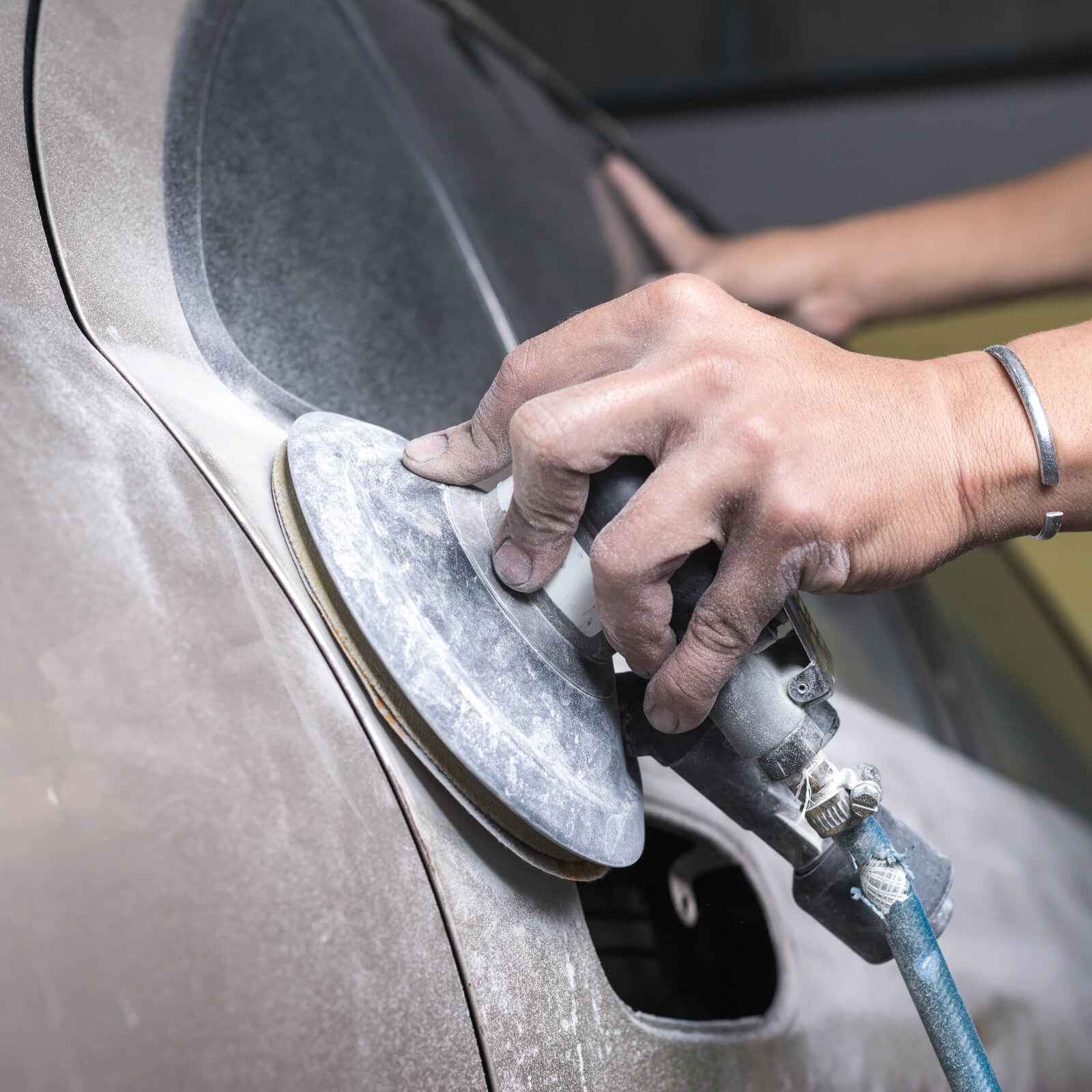
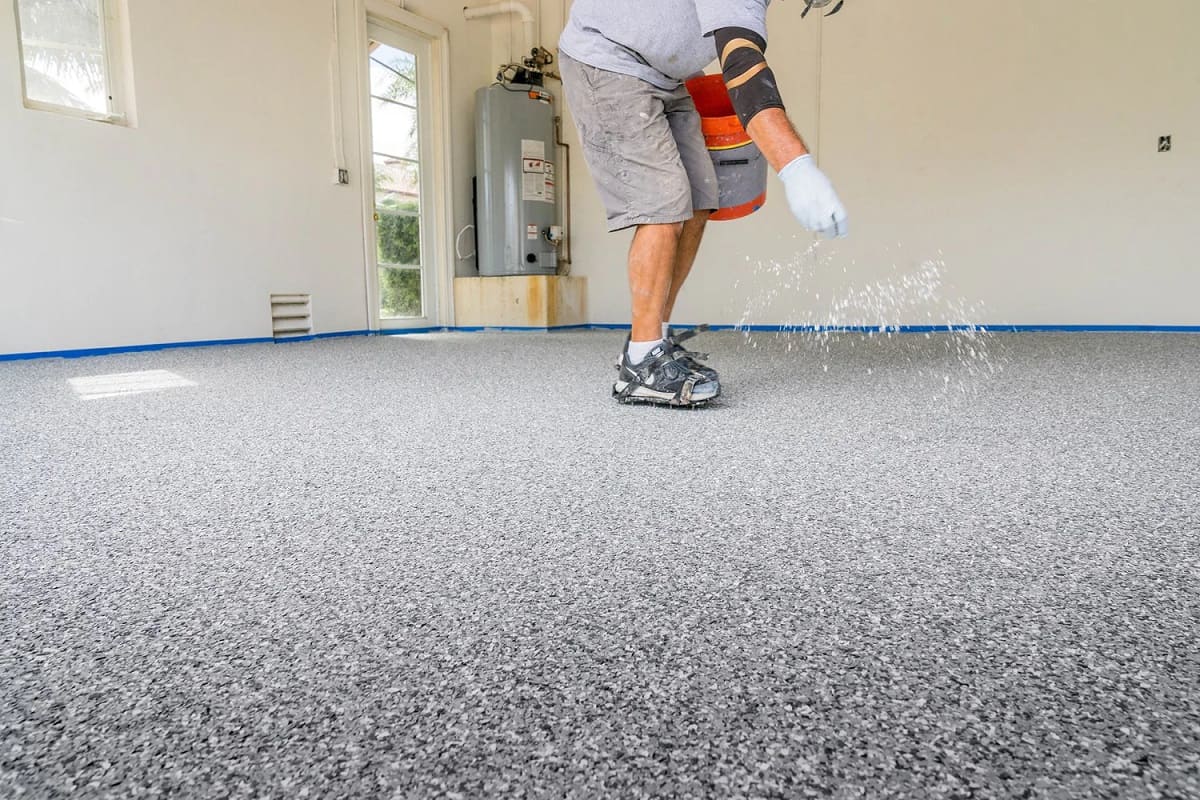
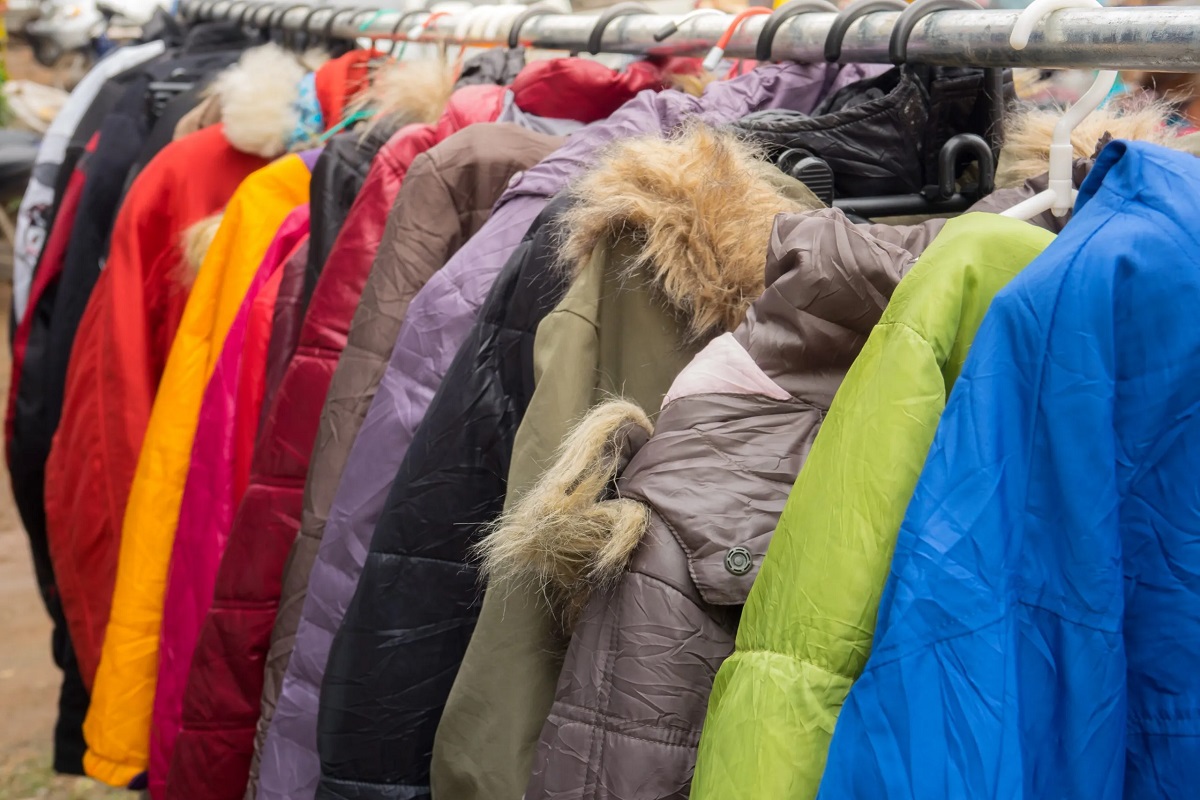
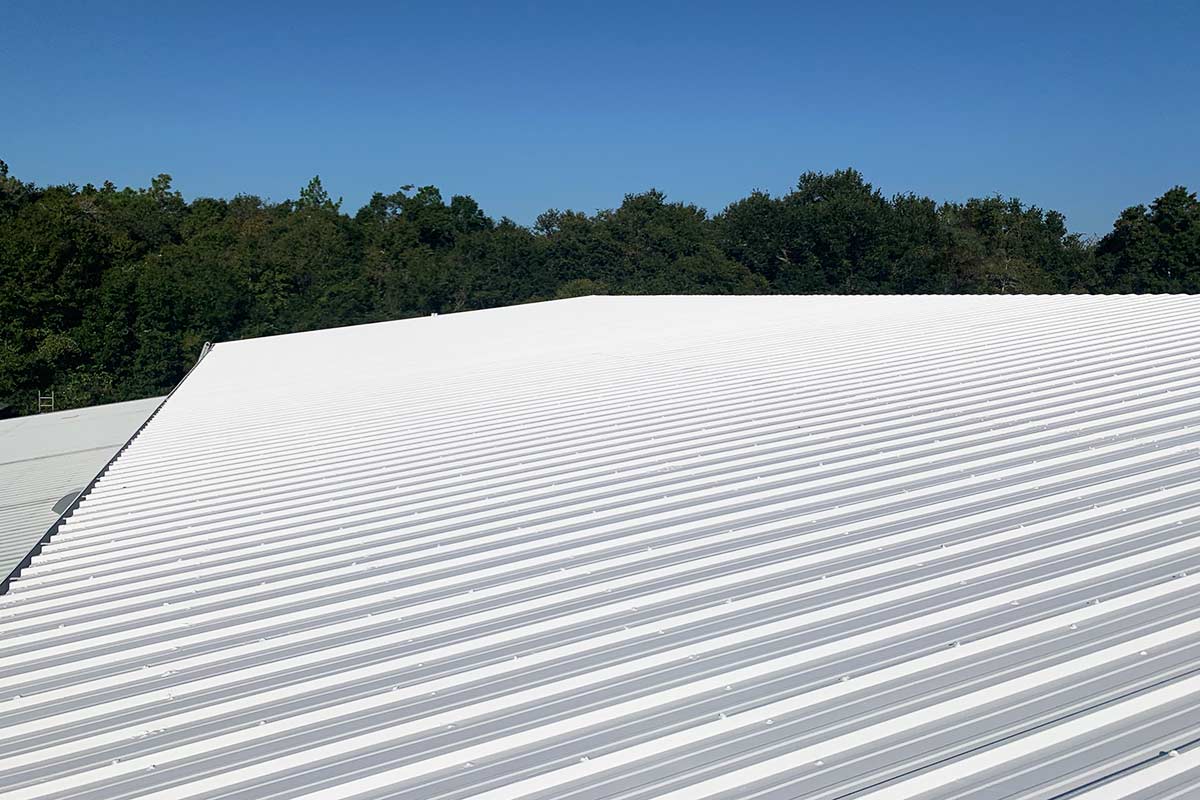
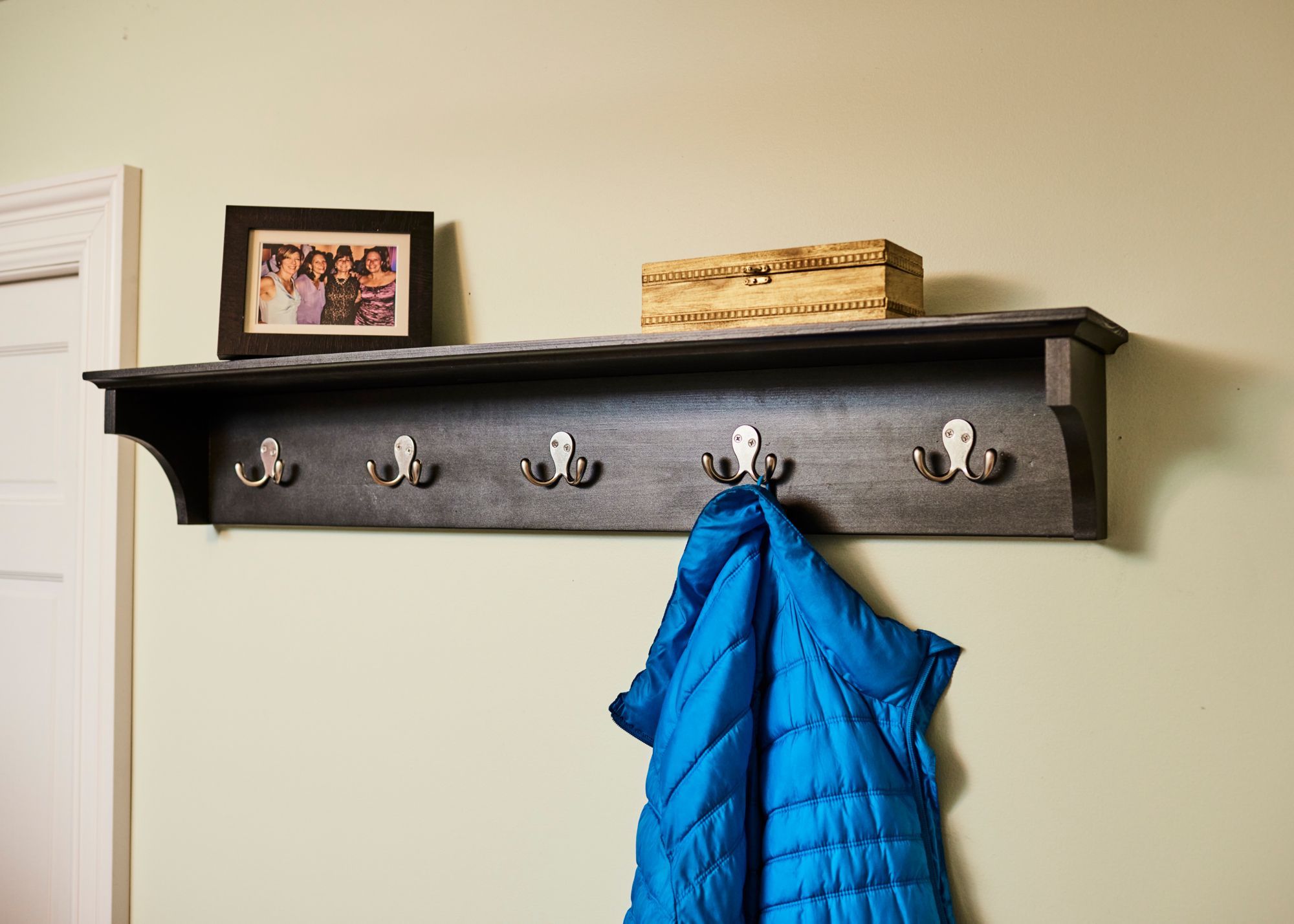
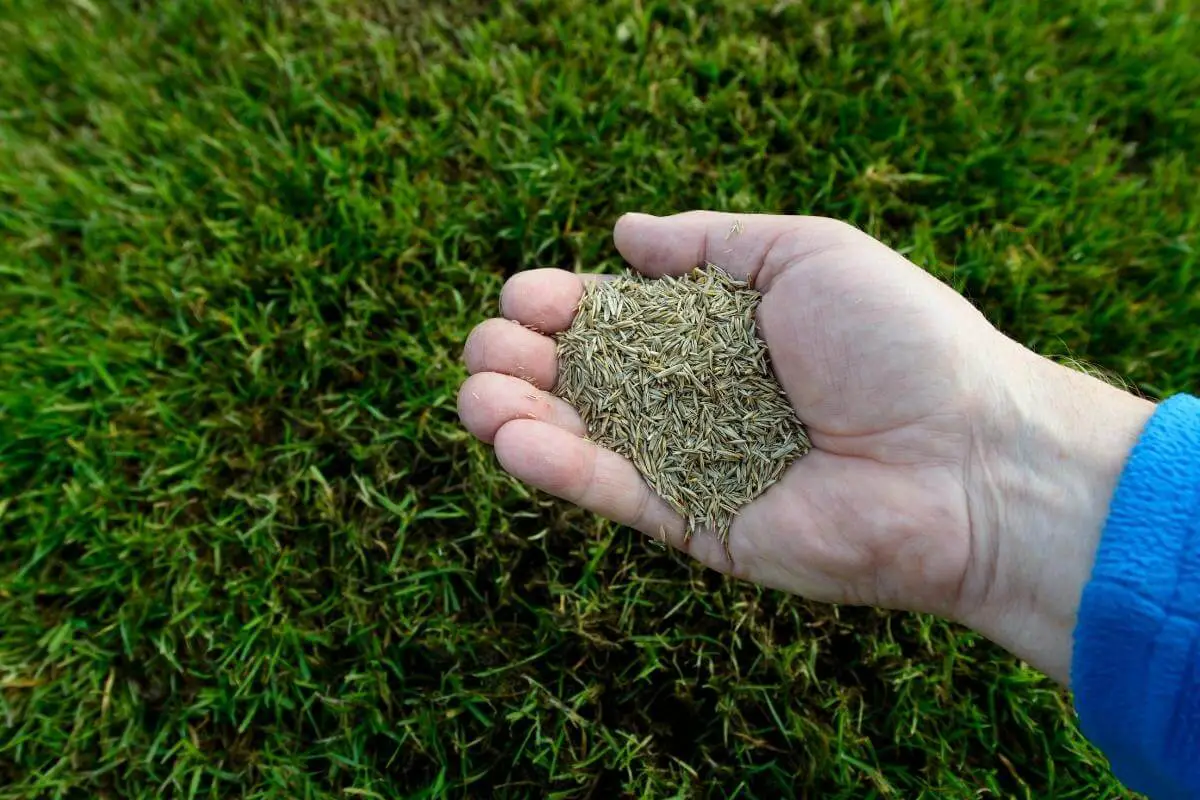



0 thoughts on “What Is A Seed Coat”